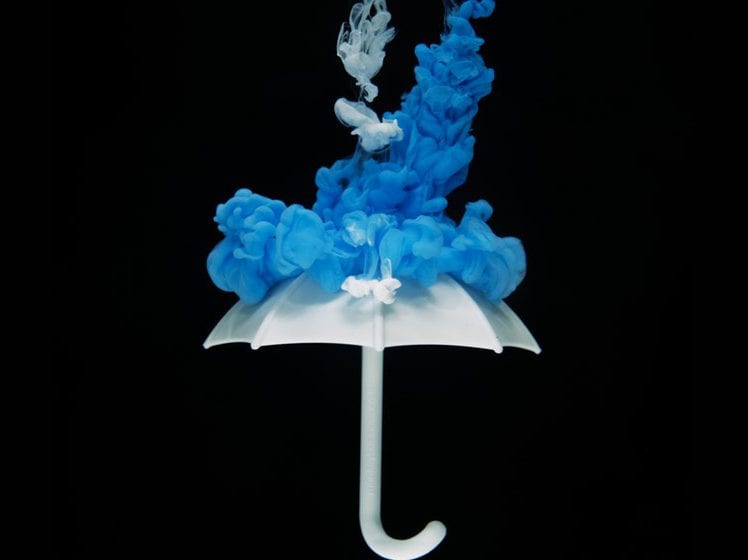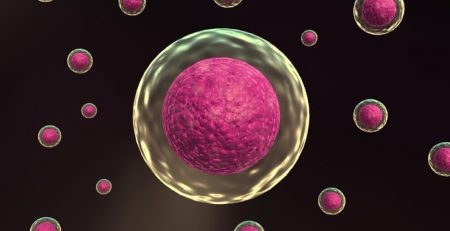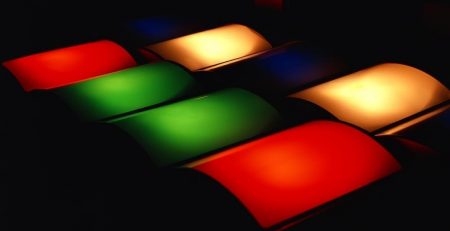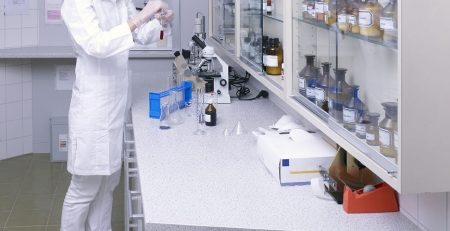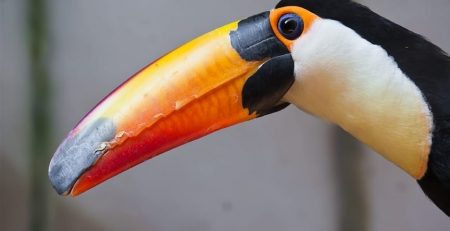Blue Fabric Dye Being Used for Battery Research
Researcher at the University of Buffalo believe a common ingredient in wastewater from textile mills could potentially be used to power batteries. In a new study recently published in ChemElectroChem researchers show that this dye – a sapphire-colored dye called methylene blue – when dissolved in water, is good at storing and releasing energy on cue. “This makes the compound a promising candidate material for redox flow batteries – large rechargeable liquid-based batteries that could enable future wind farms and solar homes to stockpile electricity on calm or rainy days,” Lab Manager reported. “Methylene blue is a widely used dye. It can be harmful to health, so it’s not something you want to dump into the environment without treating it,” lead researcher Timothy Cook, PhD said. “There’s been a lot of work done on ways to sequester methylene blue out of water, but the problem with a lot of these methods is that they’re expensive and generate other kinds of waste products.”
This study was the first step in determining both how and whether methylene blue can be used in batteries. “For this to be practical, we would need to avoid the costly process of extracting the dye from the water,” Cook says. “One of the things we’re interested in is whether there might be a way to literally repurpose the wastewater itself. The team of researchers has found, so far, that methylene blue is good at important tasks associated with storing energy. The first battery researchers developed operated with near-perfect efficiency when it was charged and drained 50 times. Over time, however, the battery’s capacity for storing energy fell as molecules of methylene blue became trapped on a membrane critical to the device’s function.
They then developed a second battery with a different membrane and was able to maintain the same near-perfect efficiency as the first model with no notable drop in storage capacity. The team now hopes to take the research further by obtaining real wastewater from a textile mill that uses this dye. “We believe that this work could set the stage for an alternative route for wastewater management, paving a path to a green-energy storage technology,” first author and UB PhD student Anjula Kosswattaarachchi said.




